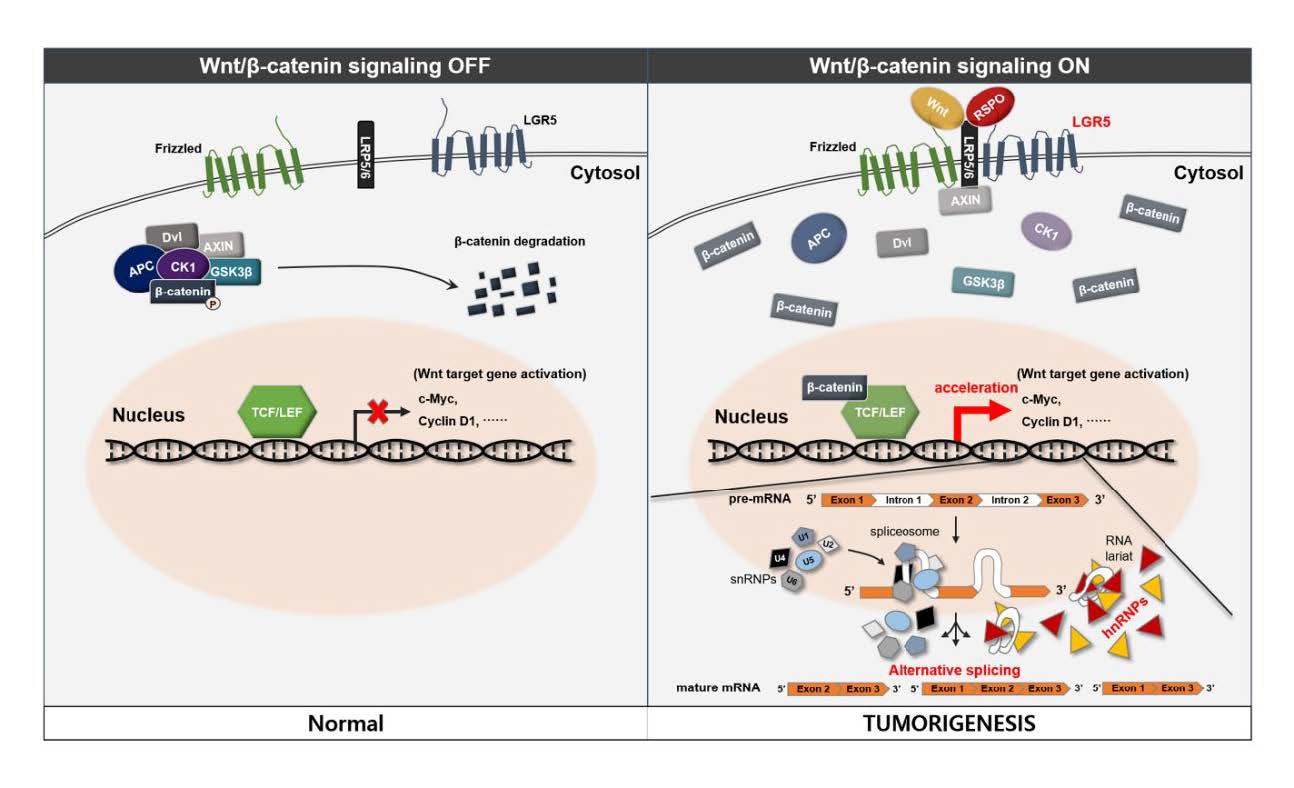Articles
Article Tools
Stats or Metrics
Article
Original Article
Exp Neurobiol 2019; 28(5): 628-641
Published online October 31, 2019
https://doi.org/10.5607/en.2019.28.5.628
© The Korean Society for Brain and Neural Sciences
LGR5 and Downstream Intracellular Signaling Proteins Play Critical Roles in the Cell Proliferation of Neuroblastoma, Meningioma and Pituitary Adenoma
Mina Hwang1†, Myung-Hoon Han2†, Hyun-Hee Park1*, Hojin Choi1, Kyu-Yong Lee1, Young Joo Lee1, Jae Min Kim2, Jin Hwan Cheong2, Je Il Ryu2, Kyueng-Whan Min3, Young-Ha Oh3, Yong Ko4 and Seong-Ho Koh1,5*
Departments of 1Neurology, 2Neurosurgery, and 3Pathology, Hanyang University Guri Hospital, Guri 11923, 4Department of Neurosurgery, Hanyang University Medical Center, Seoul 04763, 5Department of Translational Medicine, Hanyang University Graduate School of Biomedical Science & Engineering, Seoul 04763, Korea
Correspondence to: *To whom correspondence should be addressed.
Seong-Ho Koh, TEL: 82-31-560-2260, FAX: 82-31-560-2267
e-mail: ksh213@hanyang.ac.kr
Hyun-Hee Park, TEL: 82-31-560-2260, FAX: 82-31-560-2267
e-mail: newdiaz@hanmail.net
†These authors contributed equally to the work.
This is an Open Access article distributed under the terms of the Creative Commons Attribution Non-Commercial License
(http://creativecommons.org/licenses/by-nc/4.0) which permits unrestricted non-commercial use, distribution, and
reproduction in any medium, provided the original work is properly cited.
Abstract
Leucine-rich repeat-containing G-protein coupled receptor 5 (LGR5) has been reported to play critical roles in the proliferation of various cancer cells. However, the roles of LGR5 in brain tumors and the specific intracellular signaling proteins directly associated with it remain unknown. Expression of LGR5 was first measured in normal brain tissue, meningioma, and pituitary adenoma of humans. To identify the downstream signaling pathways of LGR5, siRNA-mediated knockdown of
Graphical Abstract

Keywords: LGR5, Neuroblastoma, Meningioma, Pituitary adenoma, hnRNP


